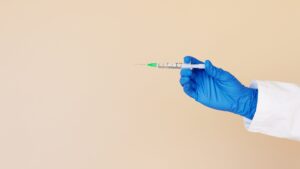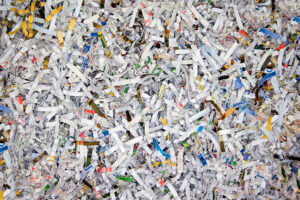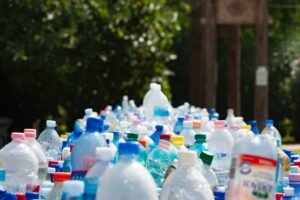Residentially generated sharps should be disposed of in a safe manner. Almost every state allows residents to dispose of their sharps at home, as long as they are stored in a solid container as recommended by the FDA.
An empty soda bottle or detergent box are the types of containers that can serve this purpose. The container should be taped shut and labeled appropriately so that people who are responsible for garbage disposal know that they have to handle those containers carefully.
For most states, that is the extent of regulations, however residents in California are required to bring their sharps to an authorized Sharps collection center.
Home Generated Sharps
Home generated Sharps can include needles, syringes, and insulin shots. It can also include other contaminated materials that have the ability to puncture, but needles and syringes are the most common.
Sharps waste can pose health and safety threats. If not disposed of carefully, they can harm family members, sanitation workers, and other members of the community.
Unfortunately, some residents flush their used syringes down the toilet. Syringes are very lightweight and can float on water and pose safety hazards to the public. Flushed sharps are hard to remove at water treatment plants and can end up as pollution in oceans and on beaches. Additionally, flushed syringes can clog drains causing expensive plumbing issues.
The Right Way to Dispose of Residentially Generated Sharps
Use Rigid Containers
To dispose of residentially generated sharps, use rigid containers like bleach bottles or an empty detergent box. You can also use soda bottles, but make sure they are tightly capped.
Label
Before disposal, make sure to label containers with a warning. You can use a felt-tipped marker, taped paper label, or printed stickers. This will serve as a heads up for waste disposal professionals.
Seal the Bottle
Seal the bottle when the container becomes about 75% full. This avoids dangerously cramming the container shut. After the container is 75% full, make sure to properly seal the container with its original cap or top. Then further secure the container with tape. This will ensure the contents don’t easily spill even over extended periods of time.
Disposal
Dispose of the sealed container with your household trash. Keep in mind to not throw the containers in the recycling bin.
Needle Exchange Programs
There are a number of states with needle exchange programs. The National Alliance for Model State Drug Laws has a comprehensive map showing which states have such programs that can be accessed here.
As of the writing of this post, states that have exchange programs include:
California
Connecticut
D.C.
Delaware
Hawaii
Indiana
Maine
Maryland
New Hampshire
New Jersey
New Mexico
New York
Rhode Island
Texas
Vermont










